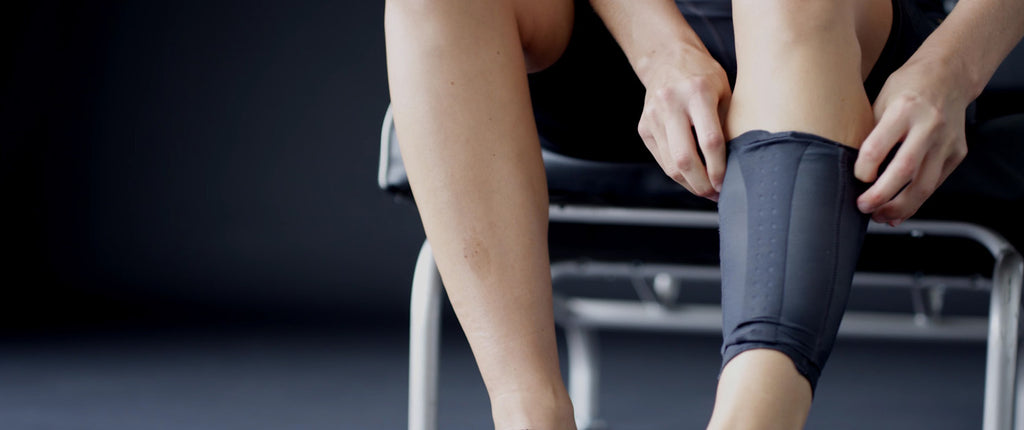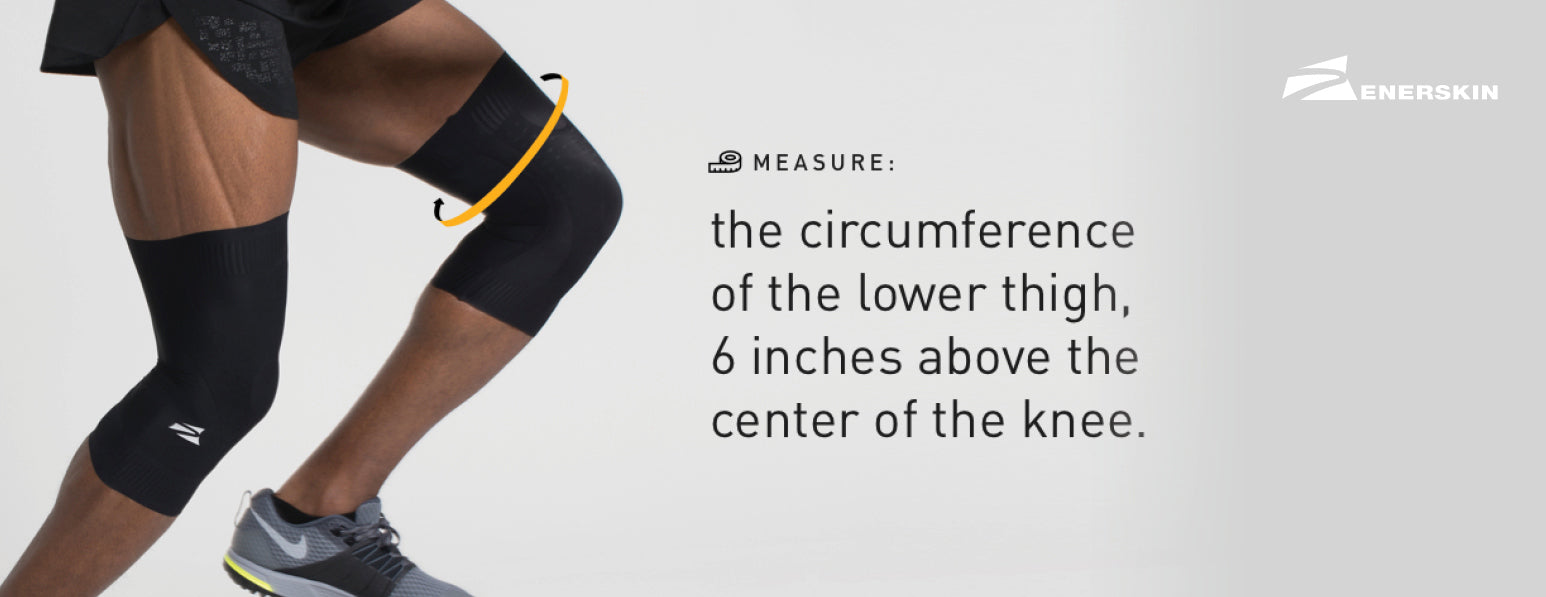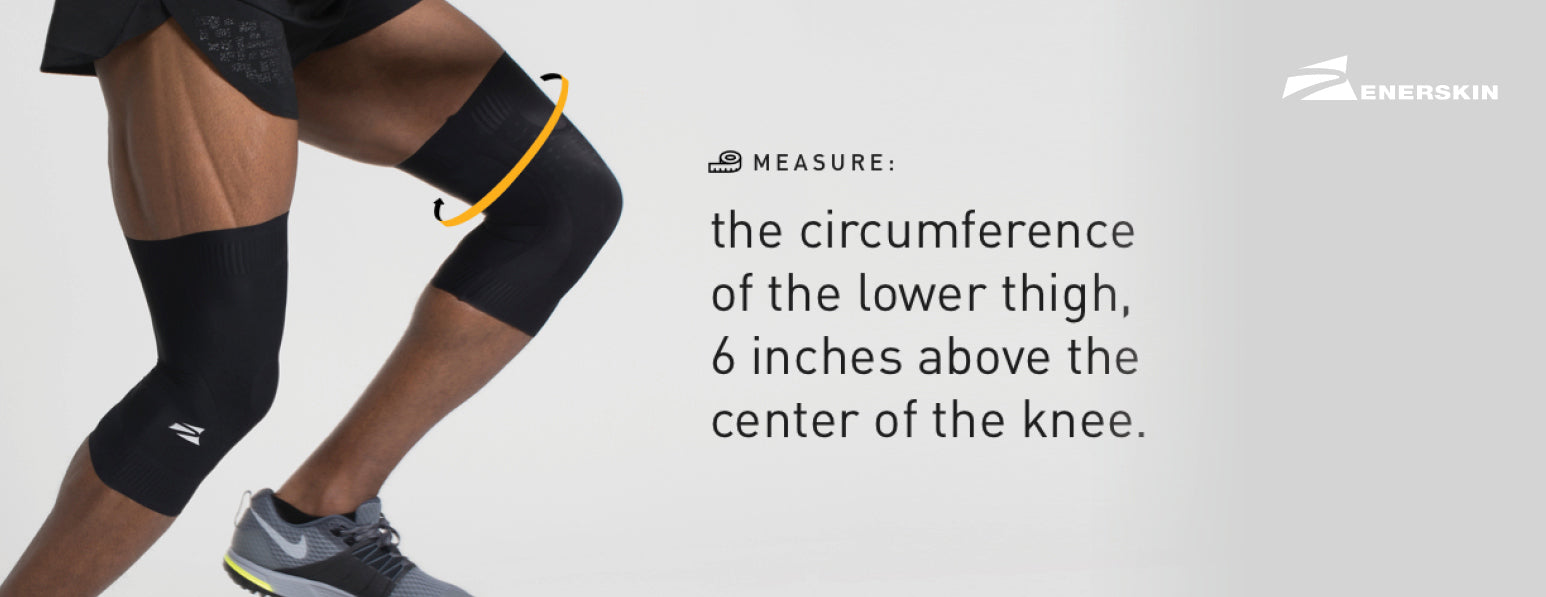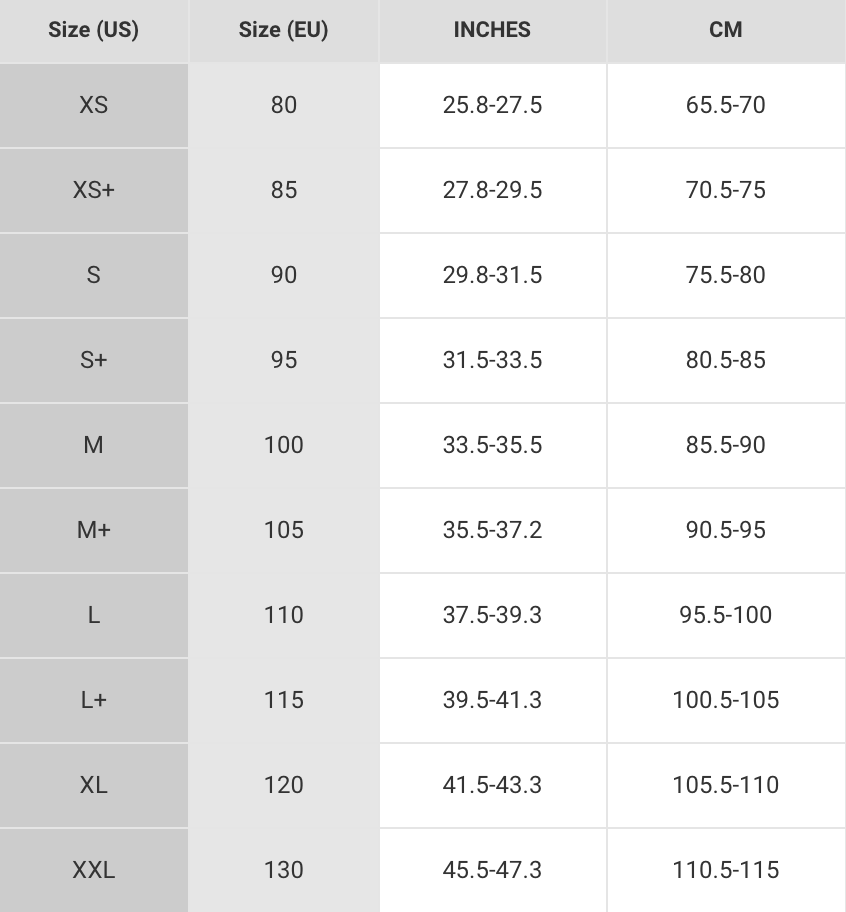5 Tips for Running Injury Prevention
If you were to ask a group of runners about their experiences with injuries, most if not all of them would have stories to tell. Running injuries have been around as long as running itself.
Running is a sport that’s easy to start doing, with minimal equipment and special facilities required. But with this comes a disadvantage - it’s easy to jump in with bad habits that can increase injury risk.
With the proper information and habits, it’s possible to minimize these risks, and this post aims to highlight 5 important tips for running injury prevention. Read on for the details!
1. Warm Up Properly
Warming up your muscles, joints, and ligaments before running is incredibly important in preventing injury. But did you know you might be stretching the wrong way? Deep, static stretches may actually reduce athletic performance and are best suited for after your runs.

We recommend dynamic stretching, a movement-focused stretching that goes through a muscle’s range of motion. You can learn more about the details of these stretches in our previous post on dynamic stretching.
Another good warm up method is to start with a gentle walk, then move on to a slow run before picking up the pace. The main objective is to avoid jumping right into a high-intensity run.
2. Increase Mileage Slowly
Many running overuse injuries are caused by doing too much, too soon. Train smartly by increasing your mileage gradually to avoid annoying shin splints, IT band syndrome, and tendonitis.
If you’re a fairly new runner just starting to increase your mileage, we recommend adding a maximum of a mile per running day over the period of a week. So if you run 12 miles the first week over 4 days, then you can aim for 16 miles the second week (spread out evenly over the week). Likewise, consider waiting a few weeks before increasing your total weekly mileage.
Of course, your actual mileage may vary. If you’re an experienced runner, you can likely ramp up more quickly. The point here is to train smartly so that your body gets the chance to adapt to the extra workload, without overusing muscles or tendons that haven’t been strengthened to meet the extra stress.
3. Work on Your Strength

A common misconception is that runners don’t need to do strength training, since they already work out the key muscles used for running. That couldn’t be further from the truth. Even if your aerobic fitness is perfectly suited for intense runs, your structural ability won’t automatically match that.
In other words, cross train! Add strength training to your workout routine. You’ll have a stronger body that is better able to withstand the forces from pounding the ground and repetitive movements.
Even a couple days a week at the gym doing workouts such as squats and deadlifts will do wonders in building strength and activating the stabilizing muscles. Strength training is another tool to add to the arsenal of injury prevention.
4. Follow Good Running Form
There’s more to running than doing what feels right or natural. Good running form reduces risk of injury, increases the quality of your training, and most importantly allows you to enjoy a lifetime of exercise.
Following good running form can be confusing with all the information out there. We’ve put together a quick primer on form that contains the most important pointers on how to run well.
Another related tip is to add variety to your runs. This means switching up your routes periodically, experimenting with different pacing, and even changing the shoes you run with. These small variations may seem insignificant, but they can have a large impact over time by reducing the physical stress from running on your body.
5. Respect the Recovery Cycle
As much as your body needs challenging runs and strength training to get stronger, it also needs time to recover from inflammation and repair damaged muscles. A common training mistake that leads to injury is not giving your body time to rest.

Whether it’s doing easy runs, stretching and foam rolling, yoga, or even true rest days, respecting the recovery cycle is a key part of injury prevention. Better yet, proper recovery improves your performance overall.
To supercharge your recovery, wear Enerskin’s E75 collection of compression sportswear, which is designed to be worn in reverse (silicone side out) after your runs to help further speed up muscle recovery. Check out our in-depth post on the recovery benefits of compression sportswear.
In closing, while running may seem easy to do, sustained running with consistent improvement requires good habits. Injury can be one of the biggest setbacks to your training, so keep these tips in mind for your future runs to reduce that risk as much as possible!
Sources:
https://www.mensjournal.com/health-fitness/6-tips-to-avoid-running-injuries/
https://www.artofmanliness.com/articles/4-bulletproof-ways-to-prevent-running-injuries/
https://www.active.com/running/articles/7-secrets-to-prevent-running-injuries
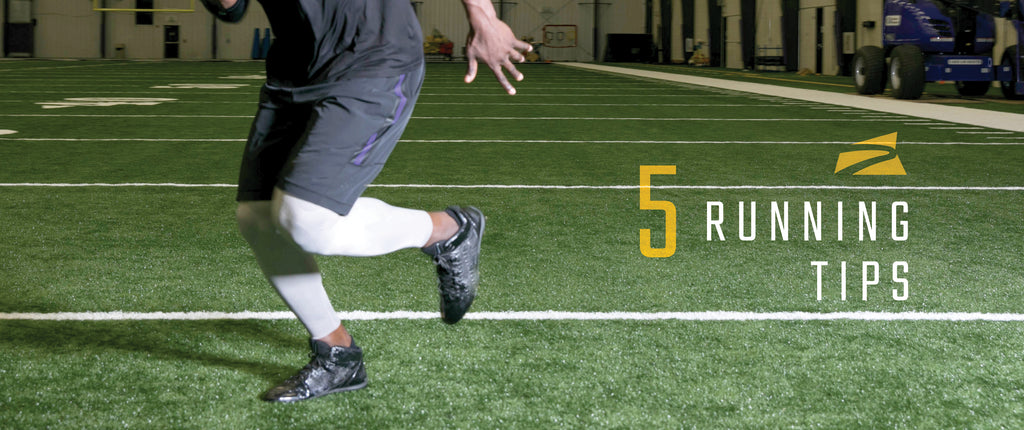
you may also like


